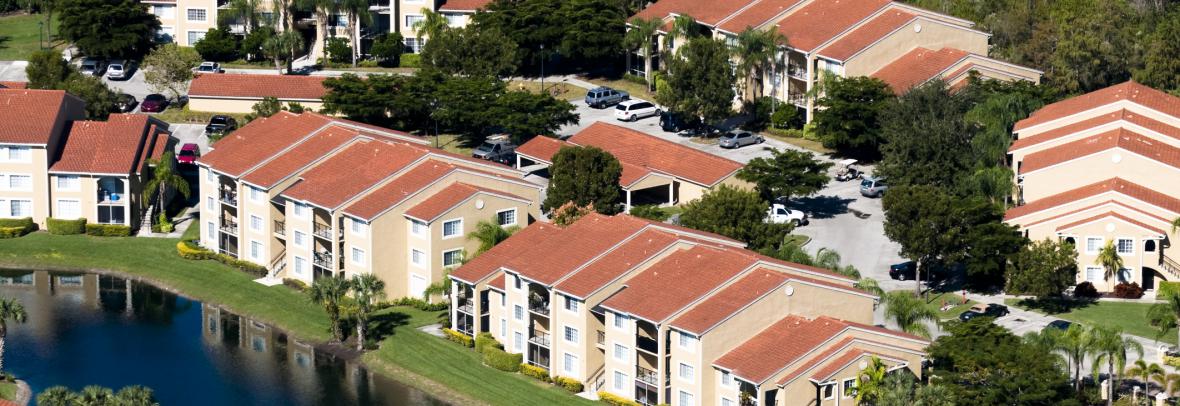
The U.S. hit its debt ceiling on Jan. 19 but can keep running until summer. If Congress fails to agree, though, a debt default creates commercial real estate problems.
WASHINGTON – Congress has raised the U.S. debt ceiling 102 times since World War II. But the possibility of a Congressional stalemate in attempting to raise it 103 times is bringing its own share of terror to the multifamily investor market.
“An actual default will throw into question the entire creditworthiness of the United States and likely lead to further rate increases to justify increased risks that bondholders will now have to consider,” said Victor Calanog, head of commercial real estate economics at Moody’s Analytics. “There will be much drama leading to approvals of debt ceilings, with some internal defaults like postponed payments to government employees or closures of national parks, but it’s likely to be approved.”
The word “likely” is what’s scaring commercial real estate (CRE) investors.
So far, more than 100 days into the new Congress, little progress has been made on any bipartisan deals to lift the debt ceiling to keep pace with the national debt. If no bipartisan agreement is made, the debt default will be triggered.
The U.S. hit its $31.4 trillion debt ceiling on Jan. 19. The Congressional Budget Office projects that if that scenario continues, debt limits will remain unchanged, and the government’s ability to borrow using extraordinary measures will be exhausted between July and September.
House Speaker Kevin McCarthy (R-Calif.) recently said the House will vote on a bill to raise the debt ceiling through the year while cutting government spending. Most believe Democrats and President Joe Biden are unlikely to go along with the proposal.
In preparation for the possibility of a government shutdown, Al Brooks, head of commercial real estate for JPMorgan, said it is important for investors in the multifamily sector to avoid over-leveraging properties because a federal default would likely lead to further interest rate hikes in response to bondholder concerns. He suggested creating a financial cushion to ensure being able to pay expenses and also to consider switching to fixed-rate debt on loans coming due.
“The issue is that not enough people are talking about this,” Detroit-based attorney Matthew Paletz, who represents multifamily property owners in the Midwest, told Benzinga. “There’s a large swath of loans on multifamily portfolios coming due and concern over the debt ceiling and what that means for their ability to maintain their loans and properties. Rents are starting to come down and now you have the debt ceiling threat, which could drastically affect interest rates. This is the new storm for property owners.”
Paletz’s concerns aren’t unwarranted. Congress last ran up against the debt ceiling deadline wall in 2011, and borrowing costs rose that year by $1.3 billion, with mortgage rates rising 0.7 to 0.8 percentage points for two months. That caused the U.S. to lose its AAA rating from S&P Global Ratings.
For months, Ben Miller, CEO of real estate investment platform Fundrise, has been predicting financial uncertainty, kicking off with the debt ceiling issue. In March, Miller told Benzinga that if the government shuts down, “the markets will tank and begin a new cycle of interest rates declining, which might actually be good for CRE investors who have solid investments.”
But in an April 3 report, JPMorgan’s Brooks says he doesn’t see a lot of positive coming from the potential of not reaching an agreement.
“If we have a debt default, all bets are off,” he said. “I think it’s always smart to take risks you can take off the table. If you’re coming up on a maturity and can make decent returns on your money, switching to a fixed-rate (loan) could be a smart thing to do.”
© 2023 Benzinga.com – Benzinga does not provide investment advice. All rights reserved.
Go to Source
Author: kerrys



